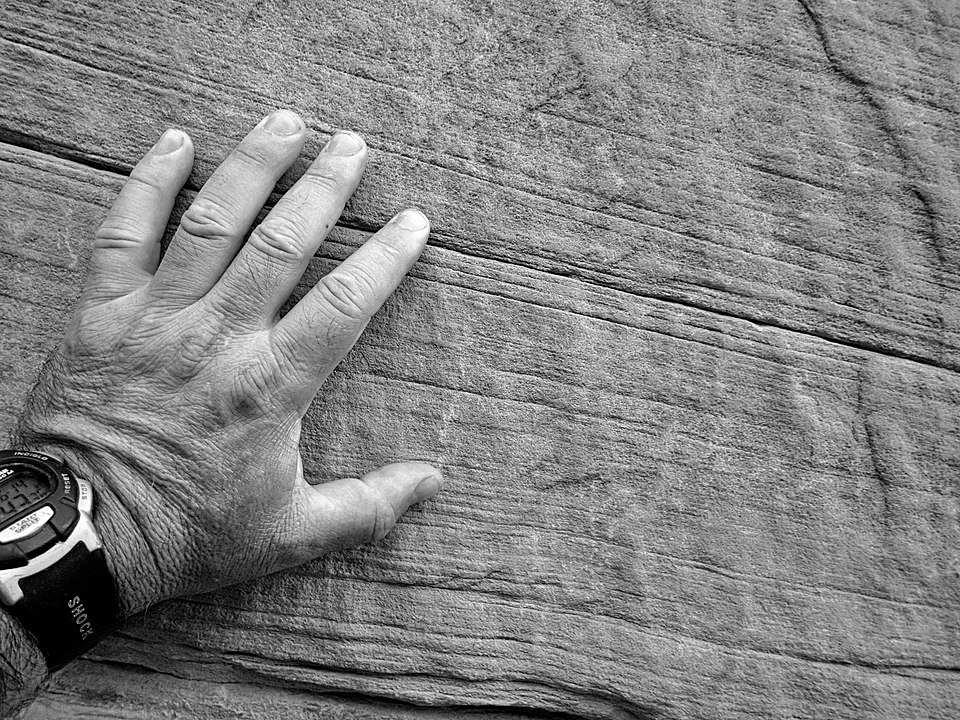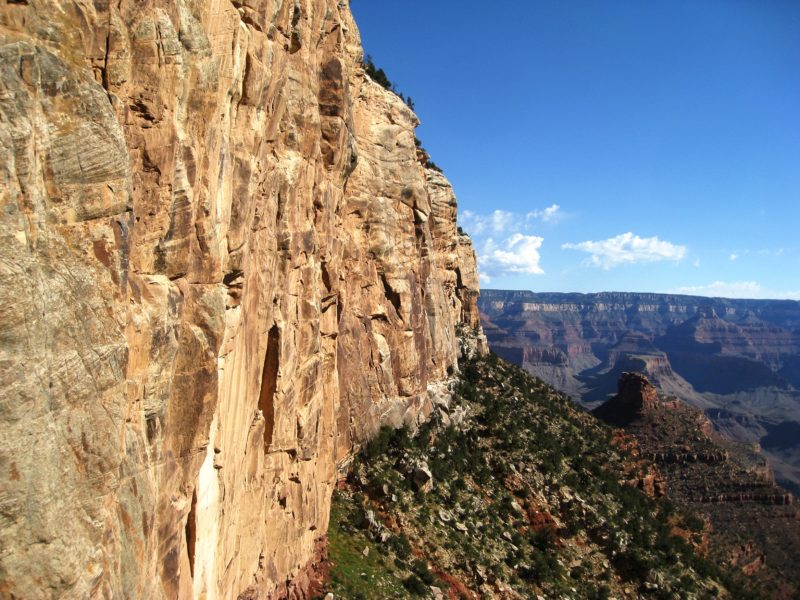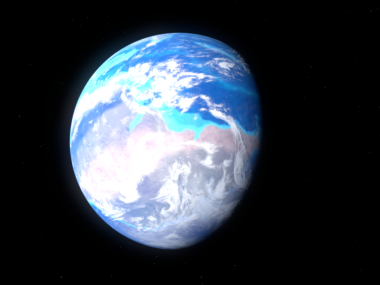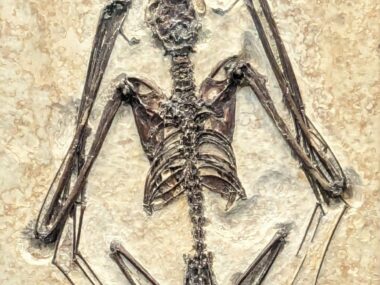The Coconino Sandstone is a well-known rock layer of the Grand Canyon and surrounding regions. Researchers have long considered it to be an example of an ancient eolian, or wind-blown, sandstone. However, literature review and prior research (in lab and field) show that we should interpret this as a marine sandstone instead. Surrounding formations such as the Lyons, Tensleep, and Glorietta Sandstones show remarkably similar features to that of the Coconino. Geologist Dr. John Whitmore attempts to correlate their emplacement during approximately the same geologic time period, analogous to a large “blanket” over much of the western U.S. states.
This study is significant in our understanding of Flood geology. The similarities across these widespread Permian sandstones imply that they likely deposited in a marine environment like the Coconino.
The following article is a summary of “Lithostratigraphic Correlation of the Coconino Sandstone and a Global Survey of Permian “Eolian” Sandstones: Implications for Flood Geology.“ by John H. Whitmore, and of the surrounding discussion and research pertaining to it. The views expressed do not necessarily reflect those of New Creation.
Dr. Whitmore’s Study
Whitmore’s research concludes that we can correlate the Coconino sandstone as a diachronous sand body that ranges all the way from North Dakota to southern California with a total area of approximately 2.4 million km2. Interestingly, provenance studies of the Coconino and its equivalents show that the origin of the sand likely came from across the entire continent–from eastern North America! This demonstrates that a massive amount of sand was eroded and transported across the country and deposited as a “blanket” over a large portion of the west. Paleocurrent data also supports this; consistent currents over such a big area favor a marine deposition model.

Image Credit: cogdogblog – https://www.flickr.com/photos/cogdog/9050583457/, CC0, https://commons.wikimedia.org/w/index.php?curid=56945024
Additionally, other data collected from these sandstones strongly indicate subaqueous deposition. Cross-beds found in Coconino and its equivalents average an angle of about 20°, while in modern deserts the average is a much steeper 34°. The gentle slopes indicate that these sand waves formed underwater. Interestingly, other data at the microscopic level also point to marine deposition. In a modern sand dune, the wind typically sorts and rounds sand grains, and only the more resistant minerals such as quartz remain. In the Coconino, though, the grains are poorly sorted, consisting of various sizes, and sub-rounded to sub-angular. Researchers have even found soft minerals such as micas! Micas like muscovite and biotite rarely last in wind-blown settings. It is significant that researchers have found them in the Coconino and other Permian sandstones.
Conclusion
These findings, along with other collected data and studies, have led Whitmore and others to conclude that these sandstones are not only correlated as one diachronous body, but that they have been deposited in a marine environment. This is consistent within a Flood model. The Coconino likely formed as Flood waters surged over the supercontinent of Pangea.
Footnotes:
- Whitmore, John H. 2019. “Lithostratigraphic Correlation of the Coconino Sandstone and a Global Survey of Permian “Eolian” Sandstones: Implications for Flood Geology,” Answers Research Journal 12, 275–328.












The Coconino is interesting as the evos assumed it was laid down above water, yet the angle of deposition is consistent with water deposition, the real clincher are the footprints which were preserved in the sand, incredibly difficult to preserve dry, but easily understood if done wet, and then buried.
Prints made in sand which is subsequently washed over by water simply disappear. Much research has been done on these – ichnologists can look at the depth and ridge characteristics around the print and estimate the weight of the animal. You can only do this assuming dry sand. The preservation mechanism for footprints is currently being studied, but you can bet no YEC/flood geologists are doing that.
Cool reading. !
In all the discussion about Evolution vs Creation, one thing stands above all else: – TIME If we can understand Time, then we will understand that the Creator set Time in motion. If that same Creator created Time, then all our arguments, based upon Time, are futile. It makes total logical sense to surrender all our conception of Time itself and accept in faith that the Creator established a moderately short space of time to establish the Cosmos.
The question then is; Why did He choose a period of 6 days and not 6 nano-secs to create the Cosmos and save almost 6 days (of time)? Answer: He doesn’t need to save time, as He is outside of it and unaffected by it. Conclusion: He made Time for man, not man for Time.
I’m not 100% sure where you are pointing, but if I understand you right, you could be into some of the same things that I have been thinking of. What is called apparent age theory. That the earth was created 6000 years ago, 4,5 billion years old.
Sara Anne – I don’t know why you would say that “Cross-beds found in Coconino and its equivalents average an angle of about 20°, while in modern deserts the average is a much steeper 34°.” It just isn’t true that the average in modern deserts is a much steeper 34°.